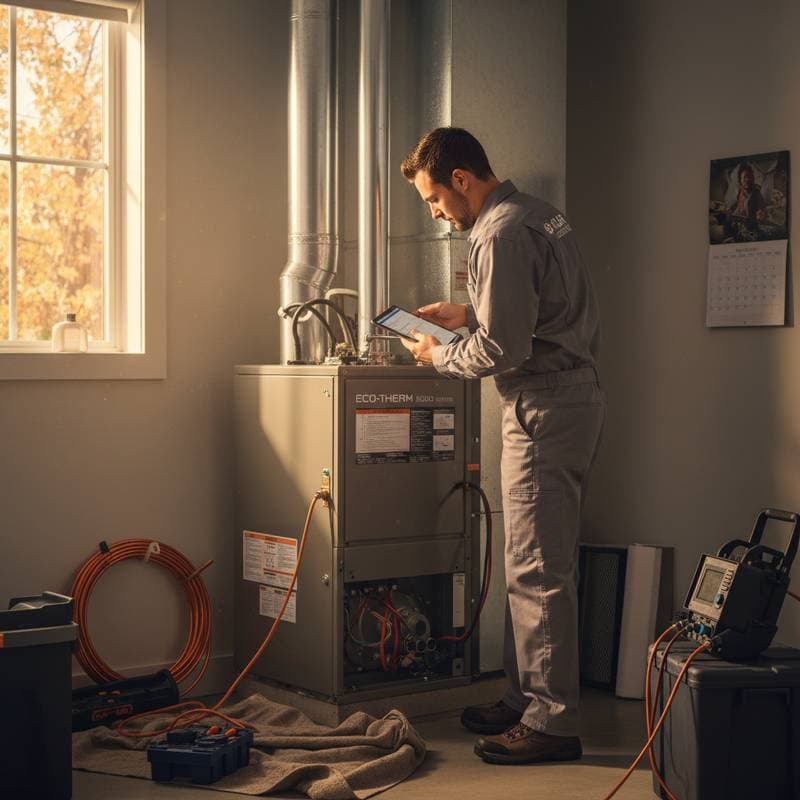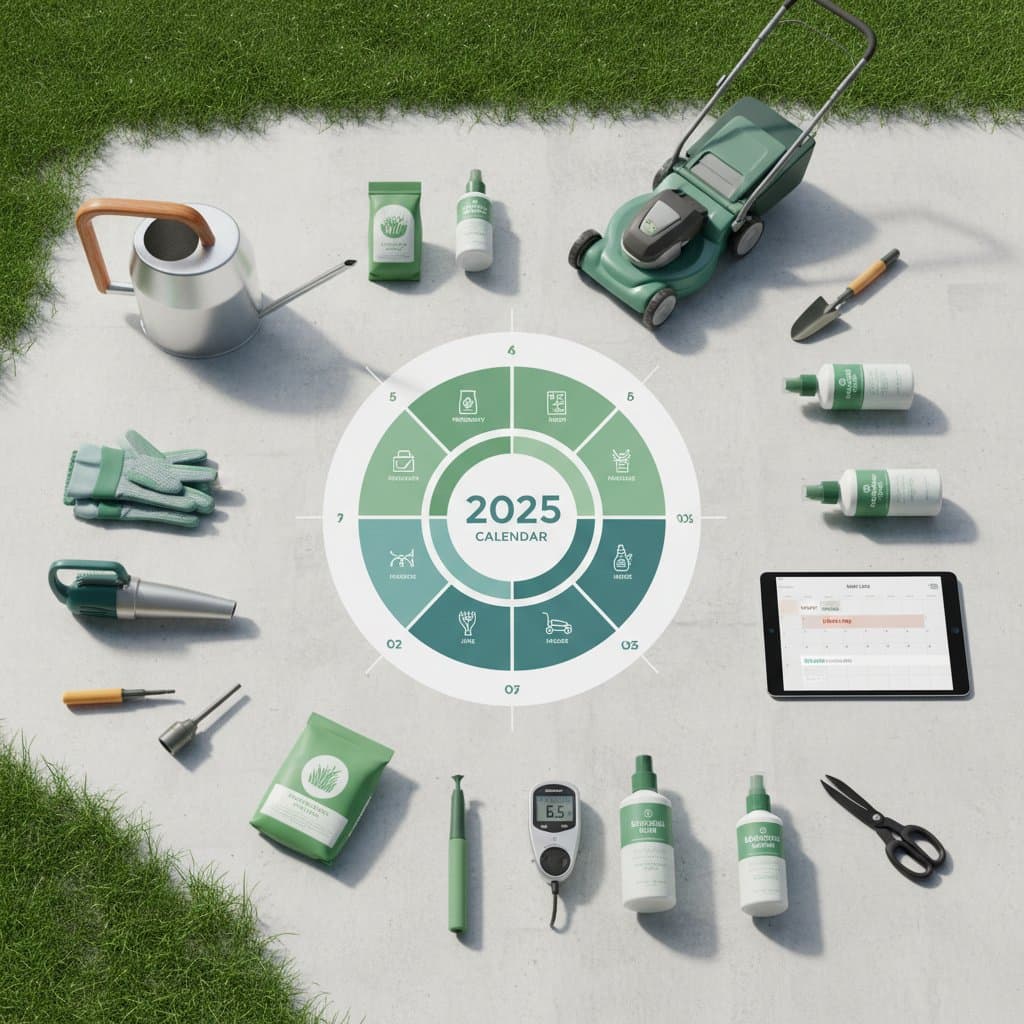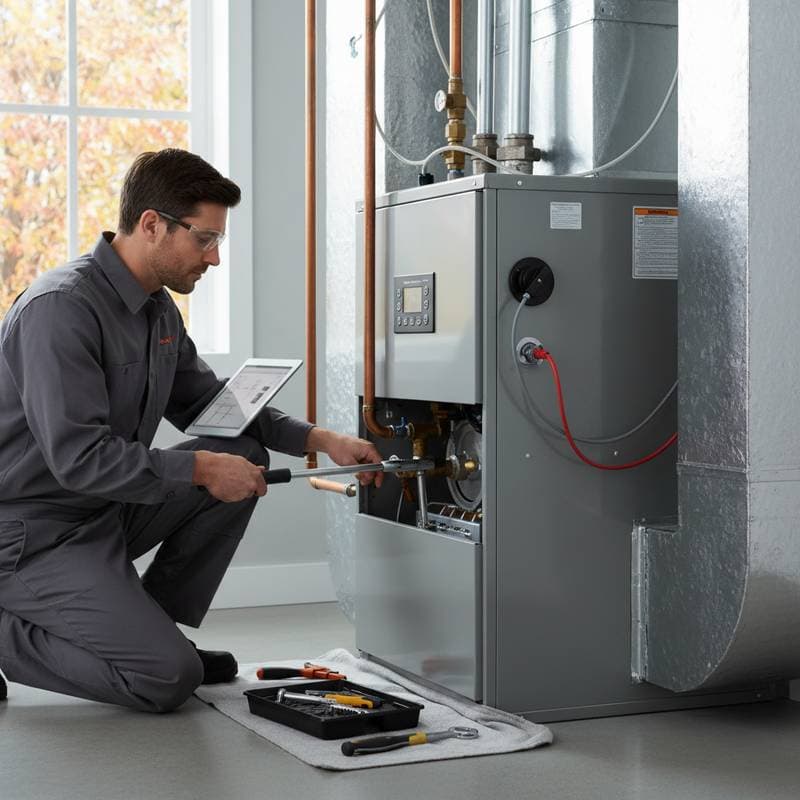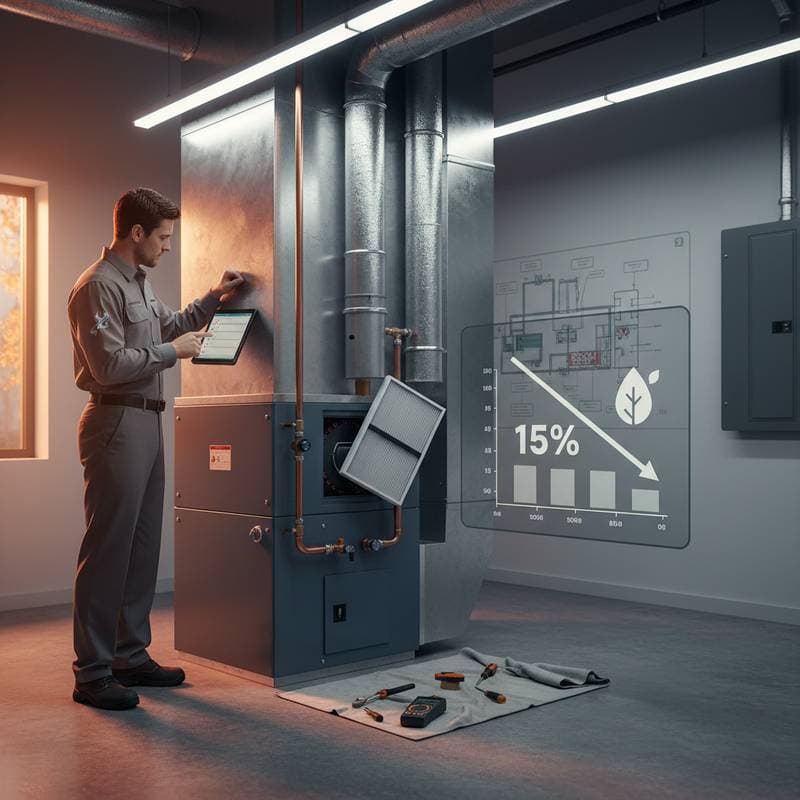Prepare Your AC for Summer: Essential Tune-Up Tips
When temperatures rise, a reliable air conditioner becomes essential for comfort. A timely tune-up prevents inefficiency and unexpected repairs. Homeowners can perform these tasks with basic tools to ensure optimal performance.
Why Summer AC Tune-Ups Matter
High outdoor temperatures force air conditioners to work harder, increasing energy consumption and accelerating wear. Proper maintenance keeps the system clean and balanced for maximum efficiency. According to the National Comfort Institute, a well-maintained unit consumes up to 20 percent less energy than a neglected one, leading to lower utility bills and longer equipment life.
Common neglect results in dirty coils, clogged filters, and refrigerant issues. These problems escalate to major failures like compressor breakdowns or frozen coils. Regular tune-ups address these risks early.
Essential Tasks for Every Homeowner
For limited time, prioritize these three actions:
- Replace or clean the air filter every 30 to 60 days during peak usage.
- Clear debris from the outdoor condenser area, maintaining a 2-foot clearance.
- Verify airflow from vents to ensure even cooling distribution.
These measures resolve frequent causes of restricted airflow and compressor strain. Proceed to the full checklist for comprehensive maintenance.
Step-by-Step AC Tune-Up Guide
Follow this ordered process to evaluate and optimize your system.
1. Clean or Replace the Air Filter
The air filter influences airflow and overall efficiency. Select filters with MERV ratings from 8 to 13, suitable for residential units. Filters with higher ratings trap finer particles, though they may restrict airflow in incompatible systems.
Measure your current filter, typically 16 by 25 inches, for an exact fit. Change it every one to two months in cooling season. Mark the installation date on the frame for tracking.
2. Inspect the Outdoor Condenser
The condenser unit requires unobstructed space for effective heat dissipation. Disconnect power at the unit's switch before inspection.
Clear leaves, branches, or soil from the vicinity. Trim vegetation to at least 24 inches from all sides. Gently brush or vacuum the fins, and use a fin comb to straighten any bends.
Clean fins enhance heat transfer and reduce compressor workload.
3. Examine the Evaporator Coil
Located above the furnace or air handler, the evaporator coil handles indoor cooling. Dirt accumulation impairs performance and risks ice formation.
Access the coil by removing the panel and check for dust or mold. Apply a no-rinse foaming cleaner if soiled. Secure the panel before restoring power.
Professional assistance is advisable for inaccessible or severely dirty coils.
4. Test the Thermostat
An inaccurate thermostat leads to excessive operation. Switch to cooling mode and confirm the reading aligns with actual room temperature within two degrees.
Replace batteries in units with dim displays. Upgrade to a smart model for programmable control and remote access. Position the thermostat away from sunlight or drafts for precise sensing.
5. Clear the Condensate Drain Line
Obstructions in the drain cause water backups, fostering mold and damage.
Find the PVC line exiting the indoor unit. Flush it with a cup of distilled vinegar to dissolve minor deposits. For persistent blockages, apply a wet-dry vacuum to the exterior end.
A clear drain avoids leaks and odors.
6. Verify Refrigerant Levels
Insufficient refrigerant results in inadequate cooling and elevated energy use. Indicators include warm vent air or frost on lines. Licensed technicians alone can assess and adjust levels accurately.
Address suspected shortages promptly to safeguard the compressor.
7. Secure Electrical Connections
Loose connections provoke voltage fluctuations or hazards. With power off, examine terminals at the contactor and capacitor for signs of wear or looseness.
Tighten fasteners using an insulated tool. Delegate this to experts if electrical work feels daunting.
Pitfalls to Sidestep
Homeowners often overlook details that compromise results.
- Neglecting filter replacement reduces efficiency by up to 15 percent.
- Applying high-pressure water to the condenser damages fins.
- Dismissing uneven temperatures overlooks duct issues or obstructions.
- Attempting refrigerant adjustments risks system overload.
- Failing to disconnect power invites injury during cleaning.
These precautions maintain performance and warranty integrity.
Signs That Require Professional Help
Technicians conduct advanced tests with gauges and meters to measure refrigerant, airflow, and electrical draw. A standard service costs 100 to 200 dollars and covers cleaning, testing, and calibration.
Seek expert intervention for:
- Odd sounds from the outdoor unit
- Reduced airflow post-filter cleaning
- Frost on refrigerant lines
- Water accumulation near the indoor unit
- Odors from vents
Annual professional checks validate warranties and sustain efficiency.
Adapting Maintenance for Accessibility
Individuals with mobility challenges may find certain tasks difficult. Install filters in low wall returns to avoid ceiling access. Opt for voice-activated smart thermostats to simplify adjustments.
Window units with accessible controls facilitate easier servicing.
Strategies for Energy Savings
Enhance efficiency with these practices:
- Seal ducts using mastic or foil tape to curb 20 percent airflow loss.
- Insulate refrigerant lines to preserve cooling capacity.
- Employ ceiling fans to distribute air, permitting higher thermostat settings by two to three degrees.
- Install programmable thermostats for automatic adjustments during absences.
- Close blinds in midday to minimize solar heat entry.
Secure Comfort and Efficiency Year-Round
Implementing these tune-up steps prepares your AC for demanding seasons. Consistent care yields reliable cooling, reduced expenses, and peace of mind. Schedule maintenance now to enjoy a cooler, more efficient home.





